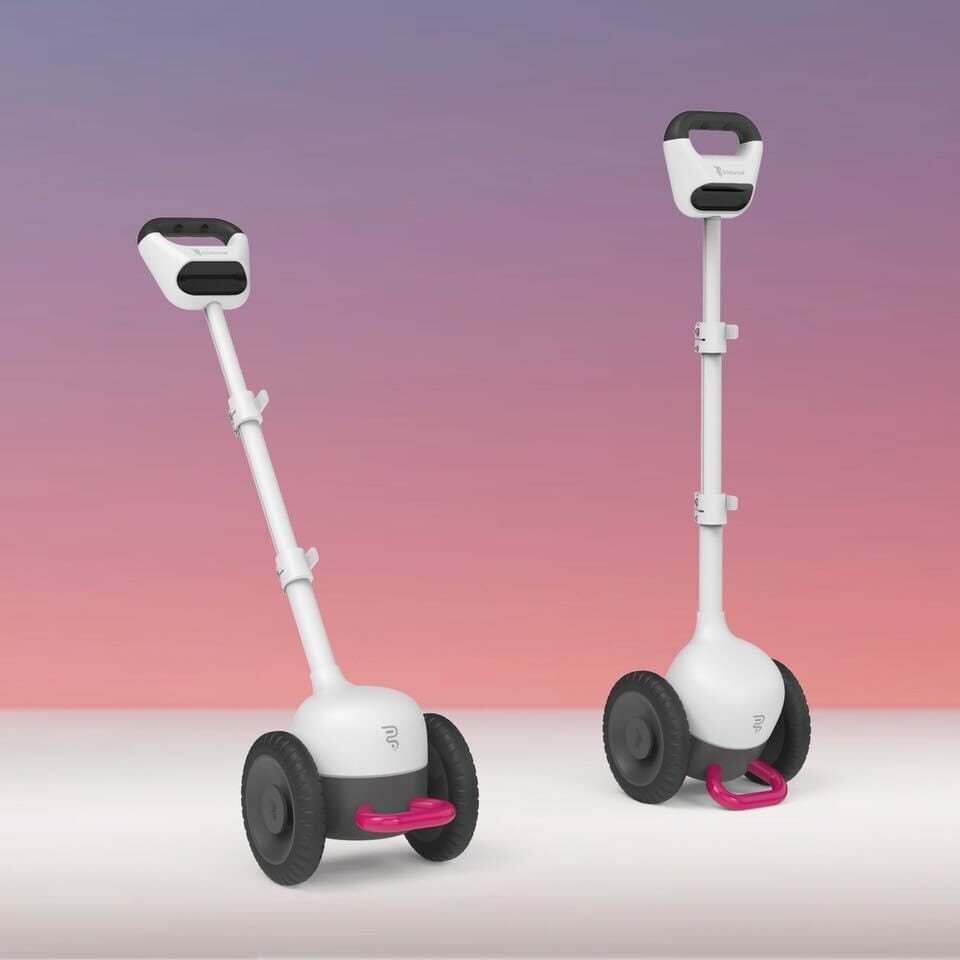Not a RoboDog
The UK Guide Dogs Association raises an extraordinary amount every year. For many owners it’s hard to overstate the value of their dog. But the economics of guide dogs as navigation aids makes no sense, so what is the right form factor for a technological alternative?

Four legged robots are now surprisingly affordable and mechanically capable. This Unitree Go2 15Kg model costing less than $3,000 can climb steps, avoid obstacles, and perform some impressive tricks. The AI control software on these low cost RoboDogs is right now little more than demo grade, but the software will mature and the hardware price will continue to drop.
In contrast, the cost of traditional guide dog service is eye watering. The UK Guide Dogs Association annual budget is over £140M and there are less than 3,700 guide dog owners. The simplistic arithmetic to sustain this service works out at almost exactly £40,000 per dog per year!
For many guide dog owners, the real value of the dog is the companionship and the adorable social bridge. But nonetheless, the lifetime ownership cost of one real dog would pay for 100 mechanical dogs.
Whatever shape a guide might take, canine, humanoid, ursine, or even simply stick-like, some physical contact with the guide feels critical. Competitive blind skiing, where that physical contact with the guide is prohibited, provides an object lesson in the fraught nature of purely verbal guidance. Even for the best skiers and the most skilled guides, this can look and sound like a very hairy occupation indeed. For less adept skiers like me, no amount of animated verbal directions can prevent the occasional headplant, involuntary off piste detour, or in one memorable incident complete destruction of a Downhill control gate. Back home, without my white stick, or the benefit of physical contact, even the most expert verbal guide would struggle to deliver me to the local train station unharmed.
So some sort of physical navigation aid, less costly than a guide dog, but more capable than a white stick, is an essential element of the blind man’s armoury.
Nonetheless, I don’t actually think that a mechanical dog, however smart, is the best tech alternative to a guide dog. Weighing 15Kg and unsurprisingly being sort of dog sized, the RoboDogs are not easily popped into your back pack when they’re not needed.
But in my quest to replace my white cane with something more high tech and more capable, I am very excited by the potential of Glidance, the start up founded by my blind friend Amos.
The Glidance navigation aid in the cover image of this post has 2 wheels and a handle for pushing it. The trick is that it has power steering, power braking 2 cameras, audio and lots of AI smarts. As the user propels their Glide forward it will follow a predefined route, detect and avoid obstacles, and stop at kerbs or pedestrian lights. Weighing in at around 3.5Kg with a collapsible handle, the Glide can be easily stowed as carry on luggage or simply carried up flights of steps.
Amos and his brilliant co-founders have already shown what’s possible capturing the imagination of thousands of prospective users and are targeting product availability in the first half of next year. The expected price is $1,499 with a $30/month ongoing subscription.
I honestly cannot wait to become one of the first Glide owners.
Footnote: the development of humanoid robots is not far behind four legged ones. so in a few years time I may even swap my Glide for a child sized RoboGuide who can simultaneously buy me a sandwich and summarise my emails, all for less than the price of a guide dog.